“Housing is a right. Not a privilege.”
“We’ve been trying to find ways to make communities more financially savvy and resilient . . . to be partners in the development process.”
“I’d like to propose a step change, from housing to living: housing as an architectural construct to living as a social framework.”
“It’s about having the space to commune . . . not being confined to the places we’re housed, but having spaces for us to live.”
These ideas—from architects Andrew Thompson, BArch ’91; Rodney Leon, BArch ’92; Gary Bates; and Pascale Sablan, BArch ’06, respectively—carried the conversation at Black Live(s) & Black Space(s): Care, Community: Housing, an event held earlier this year at Pratt Institute, which hosted Black architects and developers for a discussion centered on the discriminatory housing policies that have had detrimental effects on the lives of Black Americans and the transformational work these leaders are doing in the housing space.
As School of Architecture Dean Quilian Riano noted in his opening remarks, the February 23 event was spurred by a conversation between him, Thompson, and Chair of Undergraduate Architecture Stephen Slaughter. During a discussion of the history of NOMAS (the student arm of NOMA, the National Organization of Minority Architects) at Pratt, Riano, Slaughter, and Thompson identified housing as a shared interest among a number of Black alumni of Pratt.
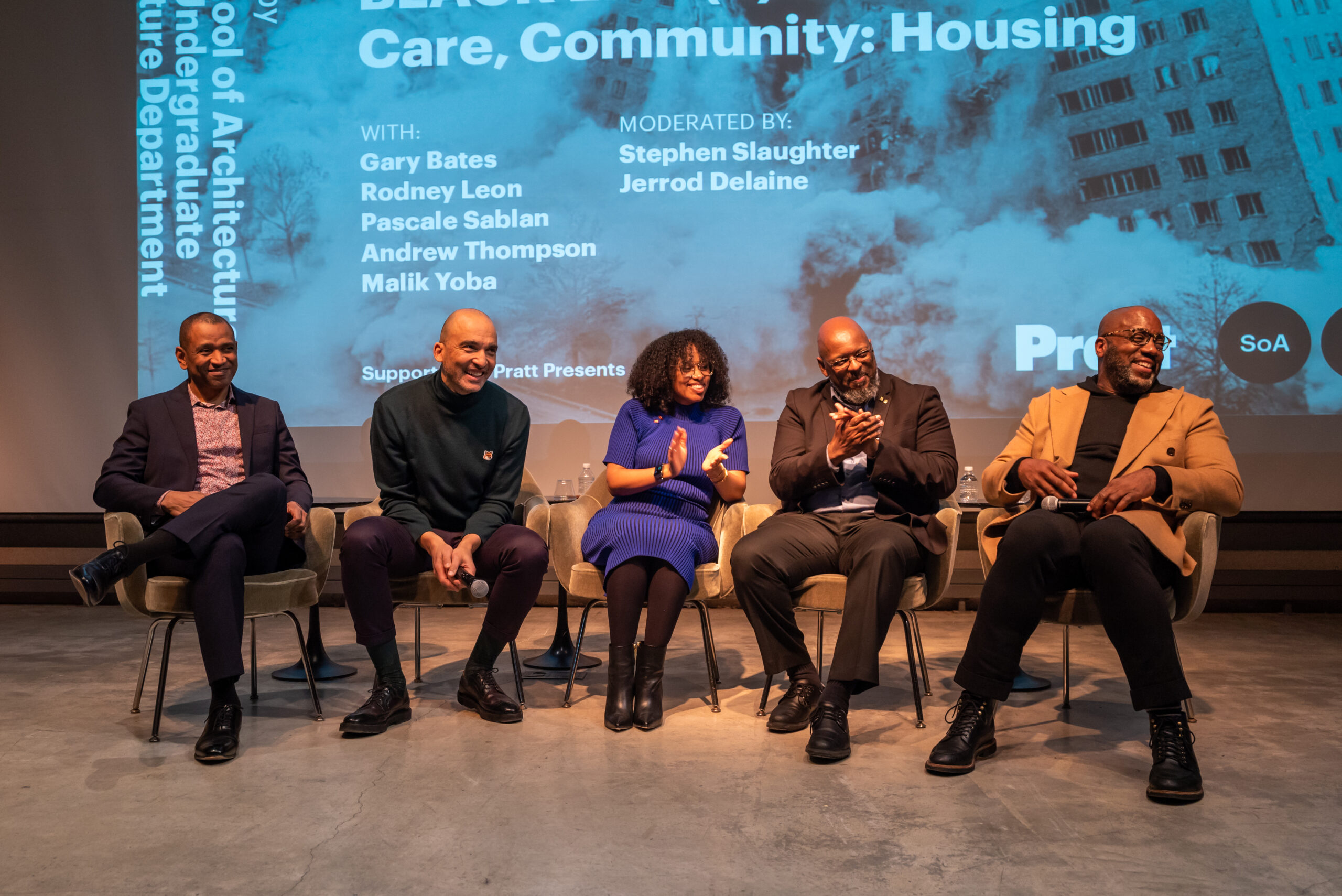
Black Live(s) & Black Space(s): Care, Community: Housing was one of the first events of Pratt’s Design Equity initiative, supported by Pratt Presents. The Design Equity initiative comprises a provocative series of discussions and events dedicated to shaping a sustainable and just future in New York City and beyond. The series highlights the ways in which Pratt’s faculty and alumni bring their creative education and community-first approach to spark change and create a more just and sustainable tomorrow.
Here are highlights from the event, with discussions of work that spans spaces dedicated to commemorating Black life and history, such as the African Burial Ground National Monument, designed by Leon, to spaces for living, like the in-progress (at the time of the event) mixed-use development Bronx Point, which is among Sablan’s projects.
Quotes have been edited and condensed. View a recording of Black Live(s) & Black Space(s): Care, Community: Housing.
PRESERVING ROOTS
Andrew Thompson, BArch ’91, who has also been a faculty member in the School of Architecture, and whose past work includes projects with Port Authority of New York and New Jersey, Memorial Sloan Kettering Cancer Center, and CUNY, is currently county architect of Passaic County, New Jersey, working on historic restorations and infrastructure improvements. He presented on housing that made an impression on him from a young age, growing up in Brooklyn, and how that precedent, including the Nehemiah housing project in Brownsville, could shape what comes next.
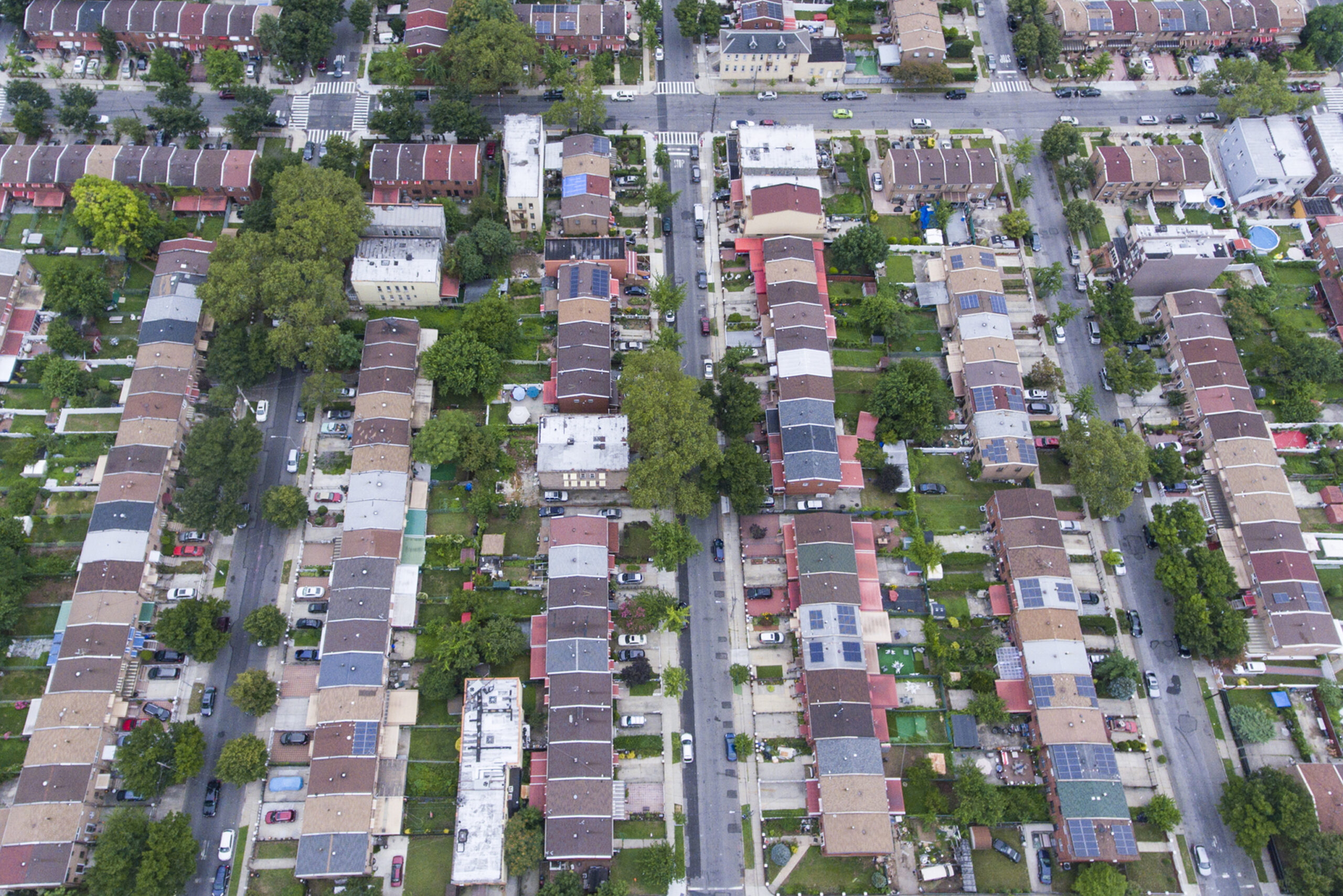
Homes for Families
In his presentation, Thompson shared that his family emigrated from Belize, when it was known as British Honduras, a colony of Britain. They first lived in an apartment in Crown Heights, but his grandfather, intent on establishing a home, moved the family to East Flatbush, Brooklyn. Thompson spoke about his family home and the neighborhood that he said meant a lot to him, and like a lot of Brooklyn, showed “the fabric” of a community.
“I grew up in a two-family unit built in 1950, and the neighborhood consisted mainly of two-family and three-family homes. All the homes had rear parking in the garage . . . you didn’t have a lot of on-street parking. All the children played in the yard in the back. We never played in the street. So most of us didn’t know the street until we were a lot older. It was a unique experience, but there are pockets—if you go around Brooklyn to East Flatbush and parts of Canarsie, you will see this type of housing unit still around today.”
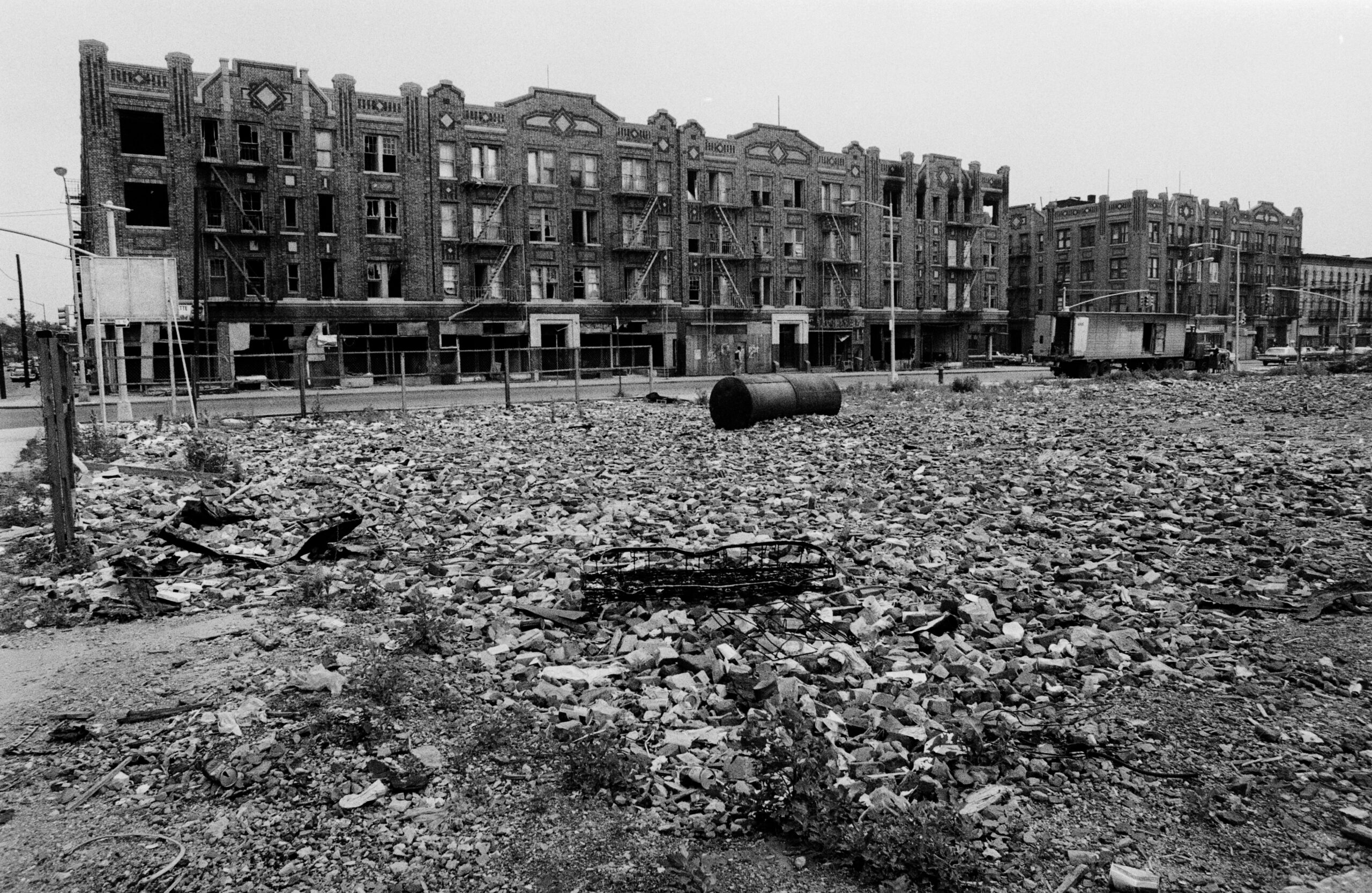
Community-Led Development
Thompson also witnessed changes from where his home sat on the border of East Flatbush and Brownsville. On one side, he saw “development, family homes, flourishment, and then we saw devastation, things going down.”
“One thing that really stuck with me was the Nehemiah housing project. It was named by Reverend J. Youngblood after Nehemiah, who helped rebuild Jerusalem. It was city-owned vacant land. This is a unique project because it wasn’t a city effort, it was only the city vacant land that was available. Local churches, community organizers, and some officials of the City of New York went to build affordable housing without federal assistance. . . . It was built, and it still flourishes today. They had parking for the cars in the front yards, they had a rear yard. . . . Every house had its own personality. When it was first built, there was one monotype one-family home but [each home gained] character when folks moved in and made it their own.”
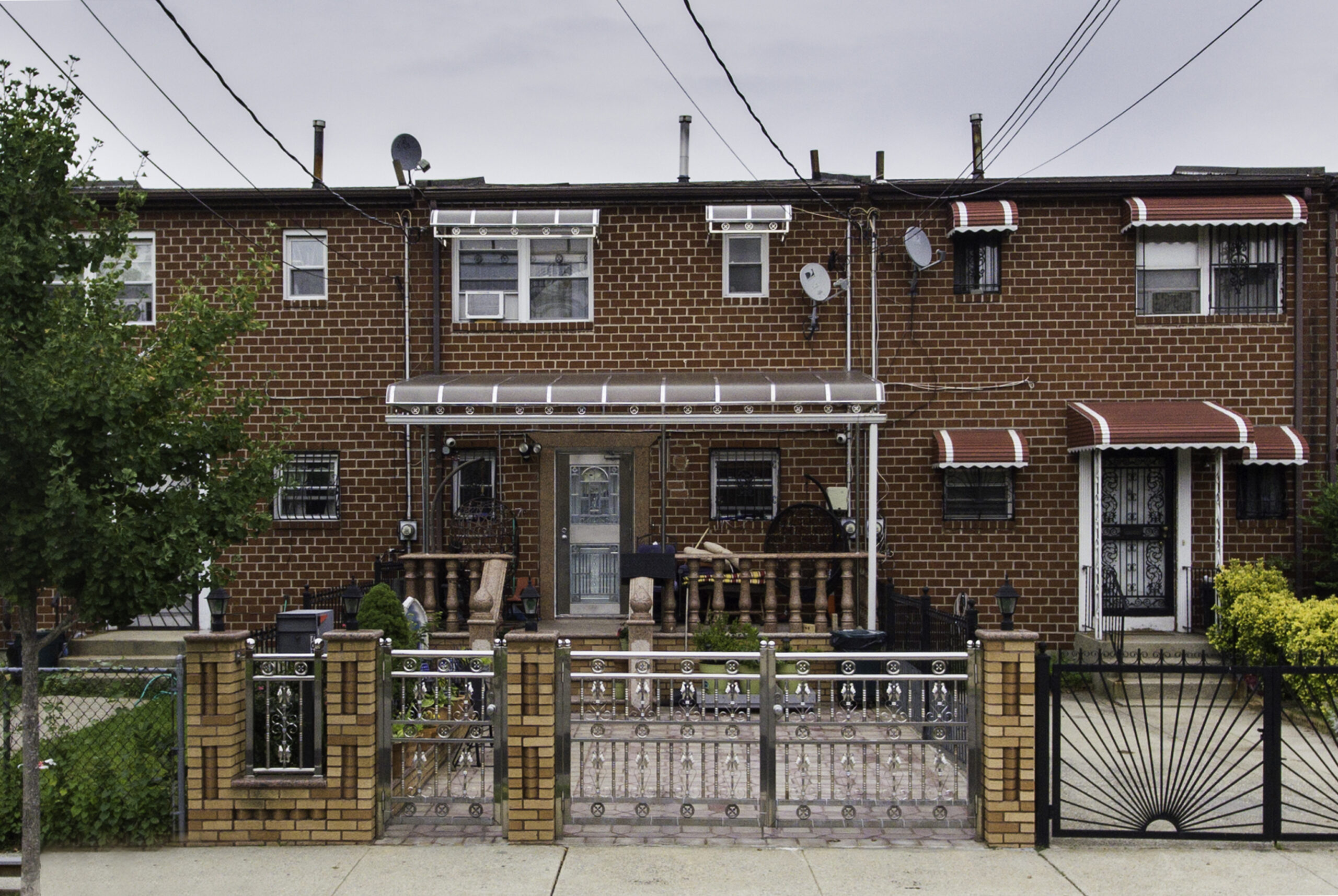
Questions for the Future
“So, where are we going today after Nehemiah? Why don’t we see more Nehemiah-type projects today in the City of New York? What we see is—I’ve got to put it out there—we see this [shows a glass-and-brick building of a dozen or so stories abutting older brownstone buildings]. This is a neighborhood in Crown Heights, and we have a historic structure there, and then we see these buildings going up, and they’re labeled by the developers as ‘luxury rentals.’ It sends a message to the community. Where’s our community going with this? We could build housing just like Nehemiah did. We could build housing for people in the community, but how do we make it affordable, make it for everyone?
“I’m going to end on this slide: Housing is a right. Not a privilege. Everybody has a right to fair housing, has a right to housing that they could bring their families up in, just as my family had when they came here to raise us right. And I think we need to think on that and dwell on that.”
HISTORICAL FOUNDATIONS
Rodney Leon, BArch ’92, whose work includes The Ark of Return, the United Nations memorial dedicated to victims of slavery, and the African Burial Ground National Monument, both in Manhattan, has also worked on housing initiatives with faith-based institutions in the city. A link between these projects emerged as Leon walked through his journey in housing, which, he said, “came through an understanding of the cultural history and cultural fabric of African Americans and our role in establishing a presence here in New York City from early on.”
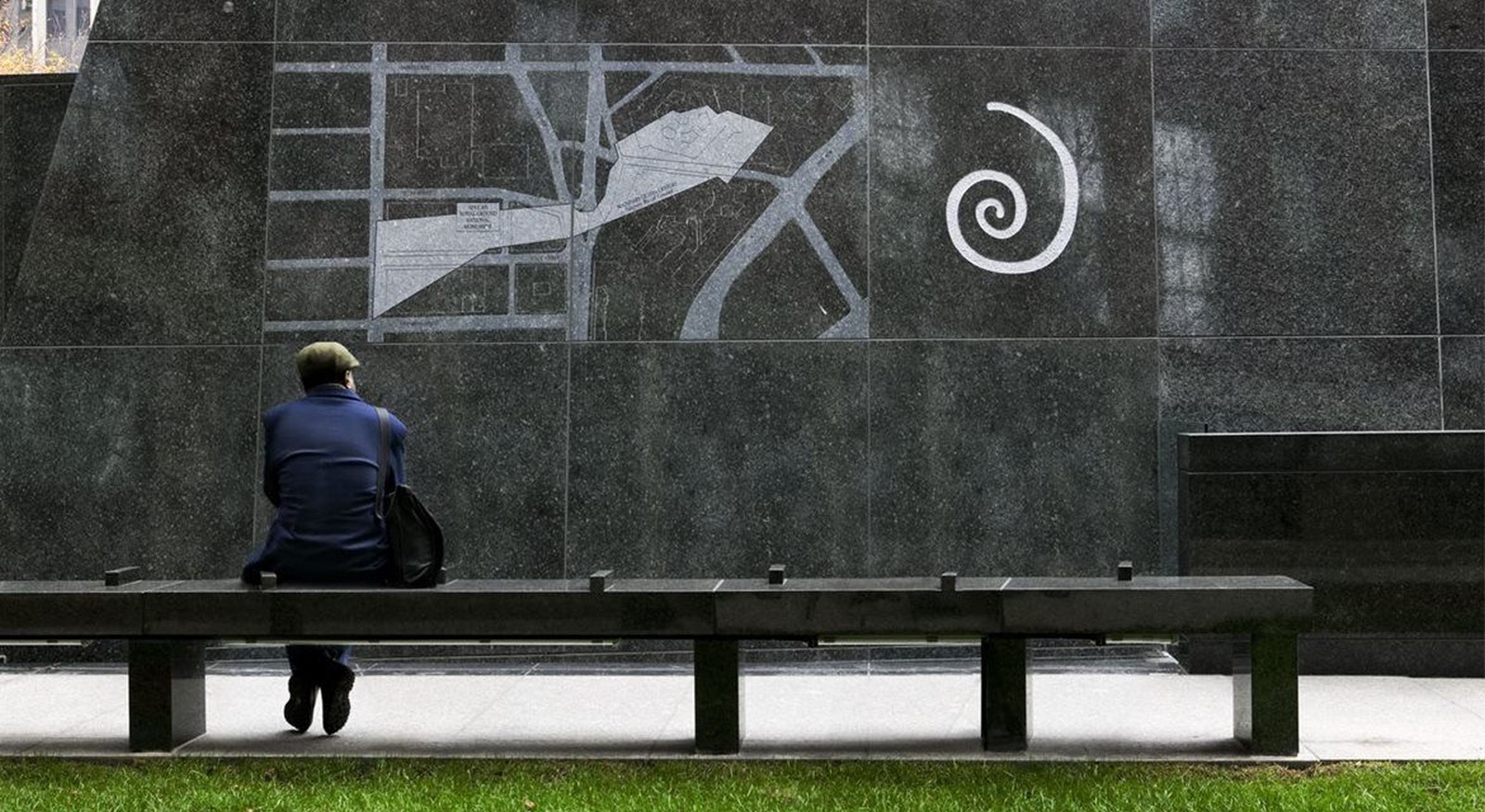
Land and Settlement, Dislocation and Displacement
Leon presented a map showing 29 land grants established by the Dutch after they colonized Lenape land known then as Manahatta, “given to African people who were given a conditional free status under the Dutch. This area was known back then as the Land of the Blacks”—a region comprising present-day Greenwich Village, parts of SoHo, the area around Washington Square Park, and Little Italy.
“What I want to indicate is that people of African descent have been a part of the building and the fabric of New York from its inception, even prior to the establishment of New Amsterdam.
“As the Dutch began to establish themselves in New Amsterdam, there was a major war that was fought between the Dutch and the native Lenape people. The people of African descent were granted this land to act as a kind of buffer between the development of New Amsterdam, which was in the southern tip of Manhattan, and the Lenape settlements, which were to the north of the Land of the Blacks.
“After the English took over New Amsterdam from the Dutch, a lot of the freedoms that were established, that the black people enjoyed in their settlements in that part of Manhattan, were taken away, and a series of what they call ‘black codes’ were established. One of the main ones was that people of African descent could no longer bury their dead within the boundaries of the city. The formal city around that time, the early part of the 19th century, was south of Chambers Street.
“How do we begin to heal these kinds of conditions and claim cultural spaces, public spaces, as part of a process of reclamation?”
Rodney Leon
“You went from the Land of the Blacks—the settlement that was established, culture that was established, families established, ownership established—to the change in control of the Lenape land to the hands of the English, and then to another dislocation happening, to the point of not even being able to bury your dead in the confines of the city.
“It wasn’t until much later, maybe two centuries later, that the building of these larger towers, the excavations of those foundations, uncovered the remains, the bodies, of the people that were buried there [just north of Chambers Street]. This particular site where the [African Burial Ground] memorial is located is just a fraction of the actual site itself. It’s a quarter-acre site at the corner of Duane, between Broadway and Foley Square. But the scale of the burial ground is actually about four acres.
“The transatlantic slave trade itself, obviously, is the major point and tragedy, an event that began this point of dislocation. Through the United Nations monument to the transatlantic slave trade and to human trafficking, contemporary slavery, and the [African Burial Ground] memorial, the idea is, how do we begin to reclaim this history, these hidden histories? How do we begin to heal these kinds of conditions and claim cultural spaces, public spaces, as part of a process of reclamation, as communities of color, and also how do we—not just communities of color, but everybody—begin to take responsibility for that history and see ourselves as a collective community, a collective identity.”

Fragmentation and Cohesion
“Dislocation, this idea of pulling apart, the fragmentation, the transformation of culture, the dispersal of culture, is a theme that, through cultural spaces, through sacred spaces, and through spaces for communities to live and thrive, you can design to express. . . . Nevertheless, there’s a tension, things are still being held together; culture has been fragmented and dispersed but nevertheless, it maintains itself and it still finds a way to voice itself.
“We began to, in our practice, also acknowledge the significance and the importance of the church and other sacred spaces as a glue that holds, particularly, African American communities together, but also many immigrant communities in the United States. But specifically the role of the church as a communal space, [as it] starts to become also a political organizing space, a space where social services and other things can happen.
“Our practice has been working with faith-based institutions that are often aging, with infrastructure that is old and crumbling, [but that don’t have] the capacity, financially or otherwise, to be able to take on the needs to renovate and to update themselves and make themselves financially resilient, in order to fight back against development pressures. . . . So we’ve been trying to find ways to make these communities more financially savvy and more resilient, and to create opportunities for these communities to begin to either develop affordable housing for themselves, or partner in joint venture with developers that are like minded, so that they can then become not victims of gentrification, but partners in the development process.”
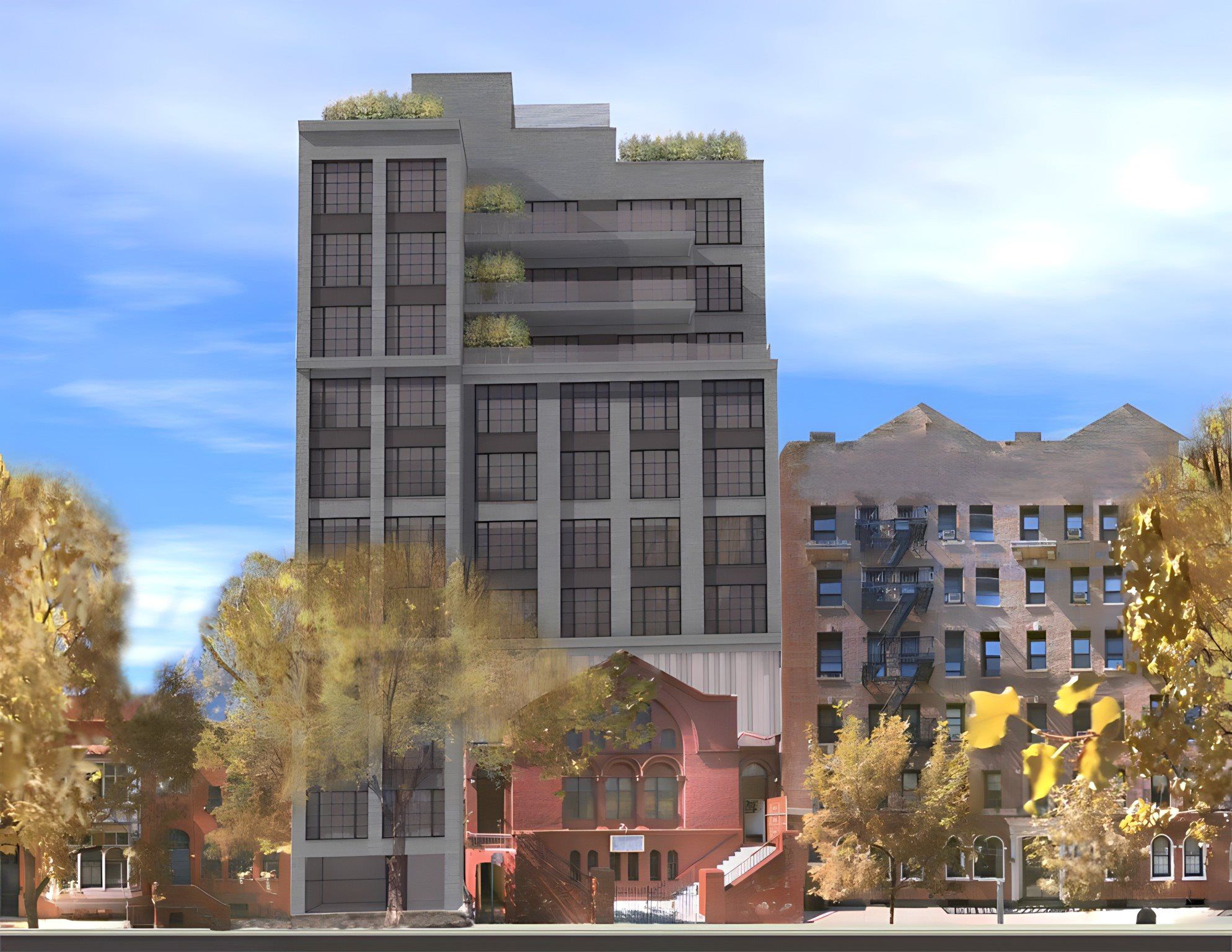
Leon showed a church, on 16th Street in Manhattan, between Sixth and Seventh Avenues, now home to a primarily French-speaking West African and Caribbean congregation. “The community wanted to keep the church no matter what, even if it was falling down. So we had to figure out a way to see if they could do that, but at the same time, raise the millions of dollars they needed in order for them to stay in place and to renovate the church. So we established a joint venture relationship with a developer. They [the church] are 15 percent owners of the development. The church was restored to its original condition with new infrastructure, mechanical systems, lighting systems. But they were able to maintain the existing church.
“This idea of maintaining long-term resiliency both economically and spiritually is part of the strategies that we’re working on to combat some of the things that we’re talking about.”
HOUSING VS. LIVING
Architect Gary Bates, cofounder of SPACEGROUP, recently returned to the US after 30 years in Europe, and has been teaching at a number of universities in and around New York City, where affordable housing for people of color is a major topic of conversation. Bates framed the issue that has arisen for him in the housing space: “The problem that I have with housing in general—I do a lot of housing myself—is that it’s this race to the bottom, how cheaply can we build? I know that building cheaper means that it’s as much going to empower someone else as it is going to empower the people that it’s actually intended for.”
Shifting the Conversation
“I’m not really interested in talking about affordable housing. I want to have a conversation about affordable living.” Bates presented a site his students were working on last year, in the Bronx neighborhood of Mott Haven, that illustrated his point. “For me, living and housing are two different things. How do we want to live versus how do we want to be contained or housed? We know how to build, we know how to build cheaply, we’re on top of what new materials are coming up. We know how to reduce our material use. We know how to decarbonize. And there are technicians who are strategically masterful at reducing every square centimeter, millimeter of cost. And I’m not going into the negotiations of property. [We looked at this site,] and I said, well, to be honest with you, from my point of view, it’s not a livable site.
“I’d like to propose a step change, from housing to living, specifically, housing as an architectural construct to living as a social framework. How can we reposition the conversation about living, not based on maximum ROI but on social equity, fairness, community, contingency, and family? In these contentious times, all the more evident during the COVID pandemic, not unlike the social instability of 1991, a time of racial reckoning and climate colonialism, I see living as a new spatial agency and a new possibility for architecture.”
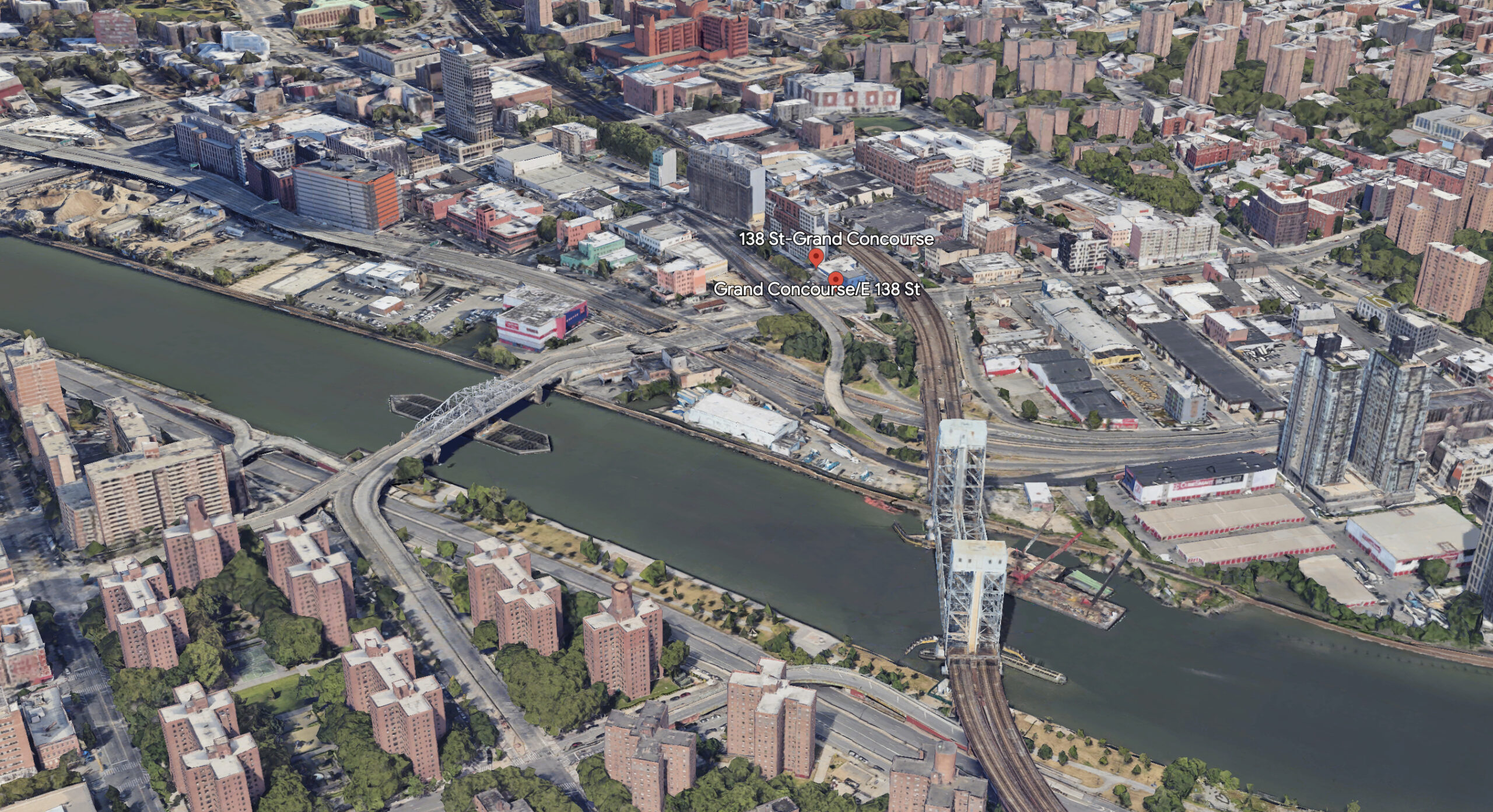
Spaces for Generations
“We have a condition that I think everyone is familiar with. I don’t think it’s a United States condition; I think it’s an international condition: the aging population, which to me poses such an interesting opportunity and possibility—the possibility of intergenerational housing. It’s always been a part of our culture. It will always be a part of our culture. It’s a part of care; when we talk about care, care translates into intergenerational housing. It’s an inclusive, supportive, non-segregational approach to housing not based on family or extended family but on community and sharing.
“When the COVID-19 pandemic swept through New York City, questions of transience and displacement were brought to the forefront . . . and the elderly became further insecure. Houselessness was and is still on the rise. These issues are further exacerbated as the pandemic recedes and economic inflation ensues, forcing more populations into a state of deferred domesticity. With the accumulation of injustices in minority communities, including economic and environmental inequity as well as a massive divestment in cultural capital, the middle class continues to wither. Intergenerational housing has shown the potential to provide restorative framework for social and economic growth and stability.
“What is really affordable? This is something really important to me. In this conversation about affordability that keeps coming up: Is energy affordable? Is reuse affordable? Is water affordable? Are food and food co-ops affordable? Is childcare affordable? Is elder care affordable, is care in general affordable? Is mobility affordable? When I think about paying rent, I still have to pay my electric bill, I still have to pay my food bill, I still have to pay for a number of different things. It increases my personal stress. So can architects expand their agency to look at that stress? How can buildings generate economy, how can we look at care and the cost of care and what that means, and intergenerational housing obviously links into that conversation.”
ARCHITECTS AS ADVOCATES
Pascale Sablan, BArch ’06, associate principal at Adjaye Associates and president of NOMA, has made advocacy an integral part of her career as an architect. Founder of Beyond the Built Environment, an organization that addresses inequities in architecture and amplifies the work of diverse designers, Sablan has spearheaded initiatives such as the Great Diverse Designers Library and Say It Loud, which highlights the work of NOMA members. Sablan presented on how architects can embed community care, advocacy, and environmental justice into their practice, using recent projects such as 888 Boylston and Bronx Point as examples of those efforts in action.
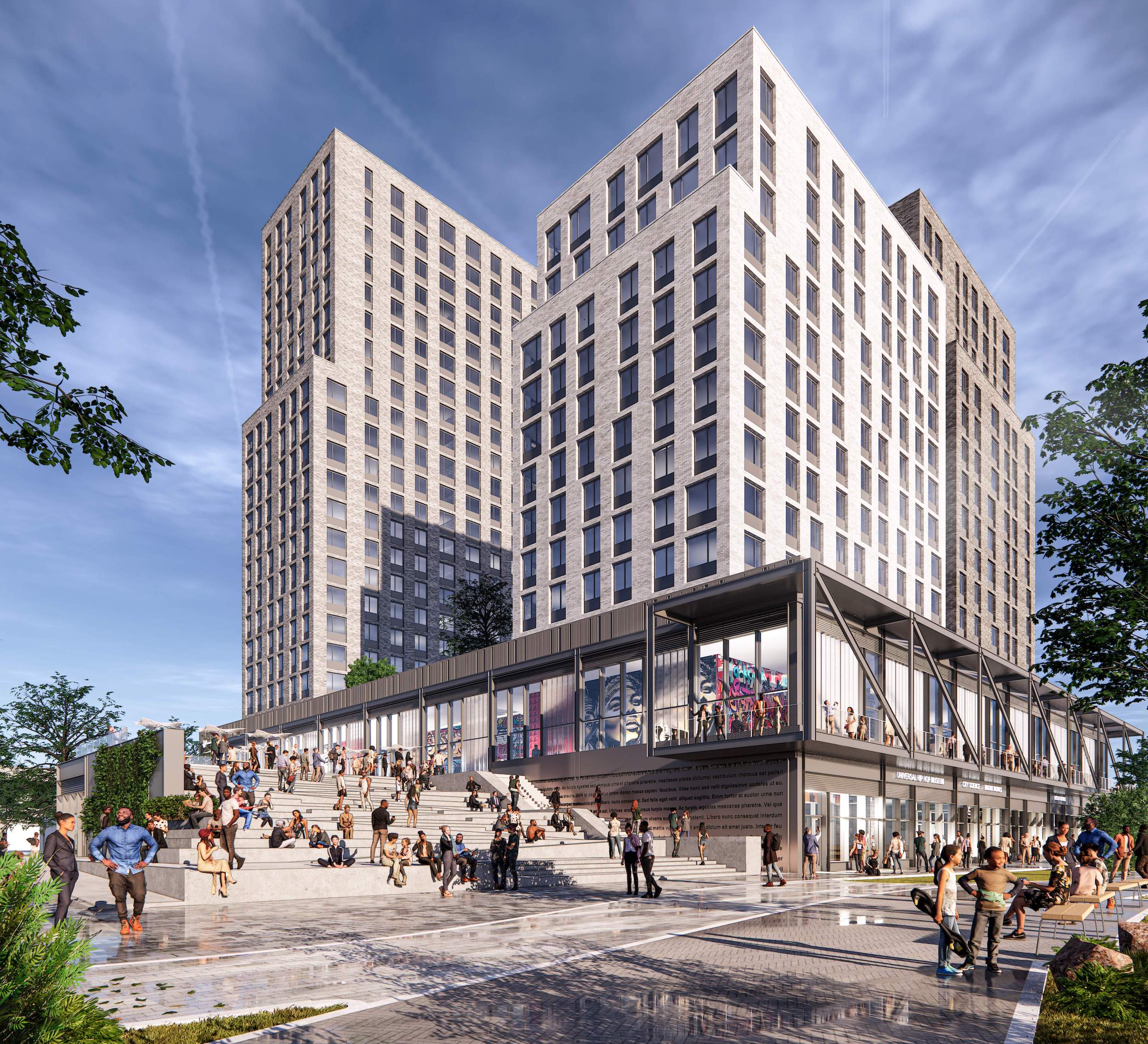
Turning Harm to Help
“Advocacy is not just about the way we practice, it’s about how architecture shows up for us . . . so I want to talk about how architecture specifically has been harming. In the work that I’ve been doing in advocacy and through NOMA, it’s been a conversation about how we inspire the next generation of marginalized communities and kids to be excited about architecture—but in actuality, we’re the villains, because when [the community deals with] an environment that’s decrepit, or falling apart, and then they deal with the scaffolding, the detours, the rodents, and the noise at all hours of the day and night, the project that is revealed afterwards is rarely for that community. It’s actually a signifier that their culture is being erased, that they’re not allowed to be in those spaces, that soon affordability in those spaces will not be possible. So this is not a misconception of us in society, but an accurate depiction of the relationship that we have fostered as a profession in not serving the people that we’re here to [build] for.”
“It’s about community. It’s about sharing a meal. It’s about having the space to commune.”
Pascale Sablan
Building Bigger for the Community
Sablan showed the site plan for the headquarters of the Cleveland Foundation, in the city’s Hough neighborhood: “This client built a 40 percent larger building than they needed to. They built almost an entire floor that’s dedicated to the community and had community board meetings to understand: What are the community spaces you already have? What are you missing, so that we can design a structure that encompasses that? [This client said,] I’m not just going to build what I need, but how can my project also serve the community that I’m entering? We need to challenge our clients to think about how they can also have a role, an equitable role, in finding justice in the world.”
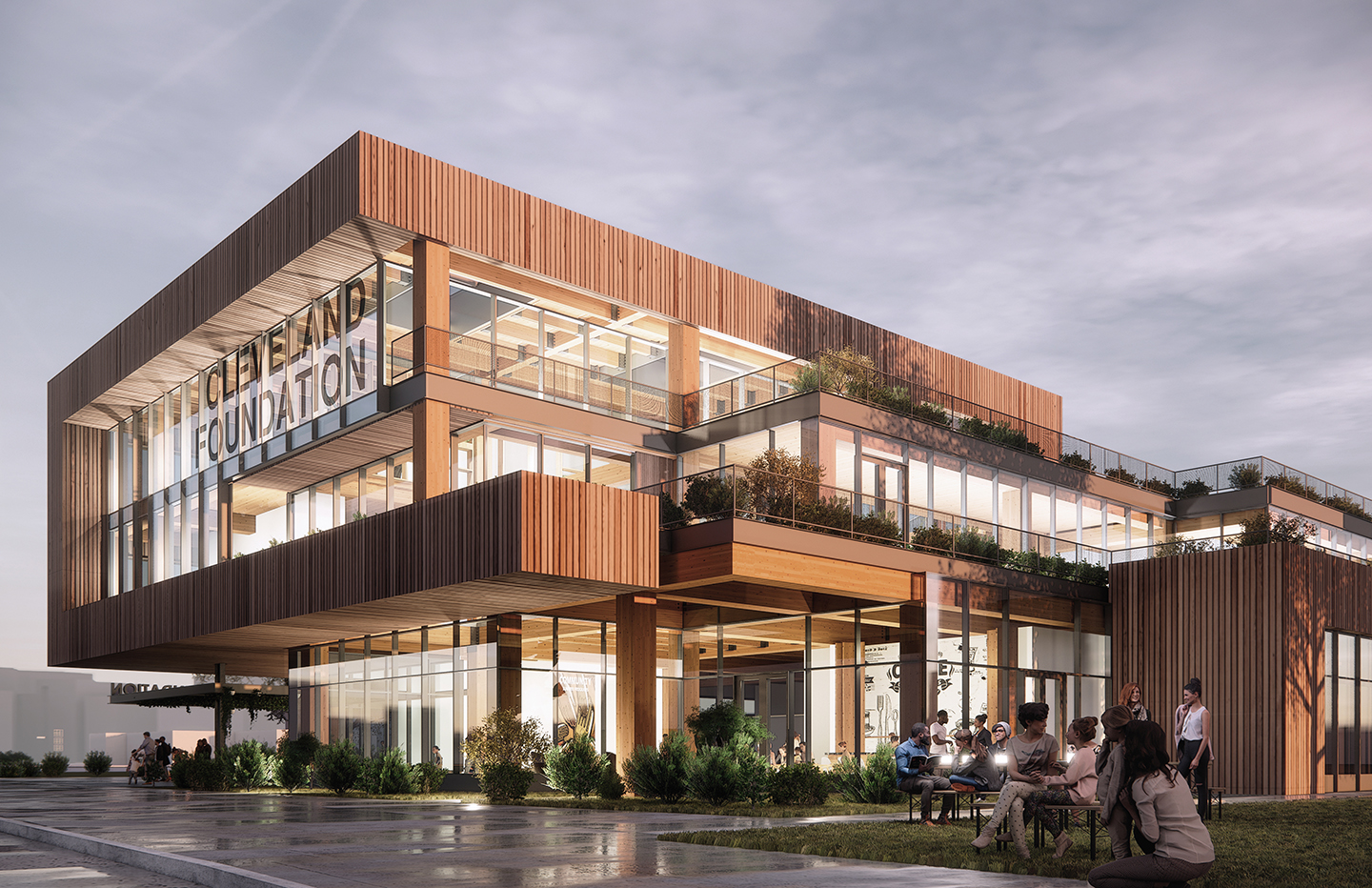
A Grill Is More Than a Grill
“When we think about architecture and think about Black lives, Black spaces, it is about how we are living, not just where we’re housed. . . . I want to think about space as not just the built environment, but the interstitial spaces and the outdoor spaces, because that’s all part of that experience.
“[Bronx Point] is a 542-affordable-housing-unit project in the Bronx. It has, in the podium, the first ever brick-and-mortar hip-hop museum. It also has a significant number of community-engagement programs at the base. We are also beautifying Mill Pond Park, and why that’s important for me to state is because when we did community engagements . . . throughout the process of developing the project, overwhelmingly [the community said] they wanted more barbecue grills in the park. The developer clients said, that’s not even in our purview. And I said, it doesn’t matter. You’re in a position to acknowledge what the community is saying. . . . It’s not about the barbeque grills. It’s about community. It’s about sharing a meal. It’s about having the space to commune and have events together and not be confined to the places we’re housed, but having spaces for us to live.
“The developers said, OK, we’ll pay for it, and they tripled the number of grills—and I know you’re saying, Pascale, you’re talking about a multimillion-dollar project and harping on the grills. But yes, I am. Because that’s what the community said they needed, and as the architect in the space, I challenged the client to go beyond what they thought they could do and pushed them further.
“We wanted to also make sure that the project was not a wall. . . . I want anyone to look at that building and to feel pride, to see culture, to see themself represented. The entire concept of the project is hip-hop: the moving of the walls, the windows, the fenestrations, the colors of the brick, the way we outlined platforms and podiums, public spaces for people to sit, the elevations. . . . This project has ideas that should be manifested in all the ways that we think about projects: talking to the community, [embedding] the culture and concepts in the built environment, thinking about how the programs can be used, and collaborating with the community to develop and to move forward.”
Further Resources
At the event Q&A, panelists and participants shared a number of resources for architects, real estate developers, and construction managers working to make changes in the housing sector and beyond.
Apex Building Group is a Black-owned construction management company that bids on and oversees construction projects in the New York area and works to achieve racial equity in the real estate funding pipeline. apexbuilds.com
GPI Win helps minority-owned businesses bid for and win building contracts from federal, state, and local governments. gpiwin.com
@IMPACCTBrooklyn is a community-based organization that advocates for “quality education, good jobs, and safe, affordable housing.” impacctbrooklyn.org
@NOMAnational provides resources and advocates for minority architects, helping to close racial disparities in job access and funding. noma.net
Real Estate Executive Council provides resources and networking opportunities for Black and Latinx people working in the real estate industry. reec.org